With this Easy to Learn Method You Can Take Your Game Into the Low Golf Score Zone More Often17/5/2014
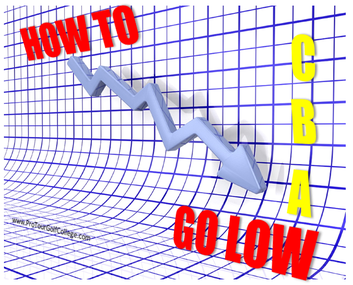 There’s no doubt that over the past three decades the scoring average of tour players has dropped and many more professional golfers are raising the bar and producing scores that years ago only a very small percentage of the field at a pro tournaments would shoot. A combination of improved golf equipment, better maintained golf courses, improved golf instruction and better practice methods has made a big difference to the game at the elite end of the scale. Furthermore there are a lot more golfers from a lot more places around the globe playing golf for a living and these factors all come together to where we see stronger competition driving the scores down each week in tournaments. But here's the reality of competition still, those that have developed the ability to score lower more often have the advantage in every tournament they play in. This was a fact of competitive golf 3 decades ago and is still the case today. All successful professional golfers have developed the Go Low ability.
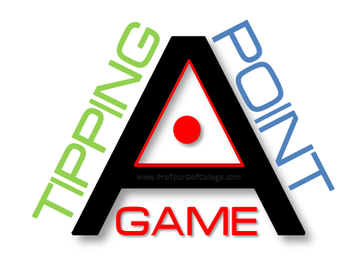 The Tipping Point Into the A Game Zone Here’s a quick question for you; “do you find it easier to play in the A Game Zone or harder?” In other words when you are playing your very best doesn’t it seem easier? Less mental and physical effort is required to play your best and contrast that when you are playing poorly and I bet it seems like you are working a lot harder and your score average for the round is higher. Small actions can have a huge impact on your golf scores like the old saying goes; “big doors swing on small hinges.” This simply means that quite often it is the little things (like a change in attitude or perspective) that you do during a round that can and often do lead to much bigger and better performances. Study our golf score tipping point model (below) for a moment and notice how the red dial is constantly moving up and down responding to the playing performance frequency (green dotted line). As golf scores move up and down (and they do for every golfer) the behavior is similar to a frequency that is being affected by external forces. The red dial is responding to physical and mental effort from the golfer and you can clearly see that when mental and physical effort is lower - that is when you are not trying so hard, the golf scores are lower. Conversely when more effort is applied to produce low scores, it forces the dial up towards the high score average. Now it is absolutely normal for the dial to be moving up and down but the aim should always be to reduce the high score average and lower the low score average, which is exactly what Steve Stricker did in the 2013 season. Trying to do something (like playing golf shots) implies that you cannot do it (you are trying to do it but not doing it). How many times do you use the word try to describe your effort to play golf shots or produce scores? Trying to play golf and playing golf are diametrically opposed methods. TRYING --------------------------------------------------------------------------------------------------------------------------------- PLAYING Imagine how the dial would respond to Steve Strickers game, can you imagine that the dial would bounce gently from A to B mostly and hardly ever be bouncing up into the C Game Zone? His mental / physical effort would move within the low to moderate effort and the frequency that this effort produces (green dotted line) would be smaller. Why Force What Should Be Allowed? Elite golfers who have learned many of their golf skills to the unconscious competence or autonomous stage need to understand that at this level you allow your golf skills to perform - you don't try to make them perform. Applying extra effort does not give you access to the A Game Zone, it will keep your score average higher than it should be and it quite often leads to frustration and poor decisions, and also confuses you about the future direction you should take your game. The idea behind this is quite simple; at some point of time in your development you should expect your effort to produce lower scores to reduce whilst at the same time you should experience the benefit of an increase in performance, which should translate into lower score averages. When you have practiced your golf skills for many hours over a period of years you must come to the realization that your golf skills are there to support you, and that they will support you if you let them. You no longer have to help or force them to operate, you simply allow them to work for you. So how do you teach yourself to let go and just play? 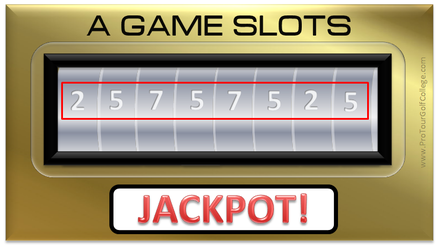 The Code for Getting Into the A Game Zone I'm going to share with you something that is very simple to understand that will explain why elite golfers rarely get out of their B and C games into the A Game Zone. Imagine that your A Game is locked away in a slot machine and you need the right code to unlock it giving you access to the A Game Zone. The trouble is sometimes you can access it and play in the A Game Zone but you never seem to remember what the code was for accessing it, and it frustrates you because you know that you should be playing there more often. Remember I said earlier that you have more than likely developed your skills enough to get into the A Game Zone more often but that you discover that anytime you look like going there you find a way to play outside of it. Let me say it again; trying won't give you access to the A Game Zone. You have to play shots - not try to play shots, and you have to play golf and not try to play golf. We teach our students a simple code and the philosophy behind it to explain why some golfers find it hard to get into the zone and the understanding you need to unlock your average game so you can get there more often. Here's the code that will unlock it for you; 25/75 - 75/25 The 25/75 Rule The 25/75 Rule teaches us that just 1 golf shot out of 4 (25%) from greater than 100 yards is likely to turn out as you expected it, and 75 percent of your shots won't. Any golf shot you hit can just as easily be hit left, right, short or long as opposed to being hit the way you expected. This rule also says that 1 round out of 4 you will play to your expectations. Golf is a hard game because expectations far outweigh ability on the golf course. The greatest golfers of all time know this and accept this, which doesn't mean that they don't do their best on every shot, no it just means that they know the reality of hitting shots into greens on the golf course is nothing like hitting shots on the range. The way many golfers practice at driving ranges teaches us the wrong lesson about learning and playing golf. Driving ranges with their wide open spaces teach us that golf is easy because if we hit poor shots we can always hit many more to improve the result. Elite golfers often get sucked into the illusion that they believe they should be hitting mostly perfect golf shots to play well because they are very likely hitting a high percentage of shots to their expectations on the driving range. Unfortunately this type of practice is performed with little to no pressure, where you are conditioning your nervous system to repeat an action without continually introducing additional stress much like what you are likely to face on the golf course. The Context Changes the Meaning Can you see the problem when you hit lots of shots free from stress - or with much less than you face on the golf course? When you go to the course and have to hit one golf shot your expectations rise and because you haven't been practicing to hit one golf shot with the right level of focus you are more likely to fail to hit the shot the way you want. The context (environment) is different when you practice on a golf range compared to when you play on the golf course as they mean different things to you. One seems relatively easy to do and the other seems relatively hard to do. You see you have very different maps or mental models for practicing golf to playing golf. The rules are different and so the reality-your reality is different for both. By applying the 75/25 Rule to longer approach shots and accepting that in all likelihood just 1 shot out of 4 will be to your expectations your reduce the pressure to try to hit perfect golf shots and are more likely to achieve better results that are actually closer to your expectations. In other words you are more likely to stay out of our own way and just play shots, and just play golf, and you will set yourself up to visit the A Game Zone more often. 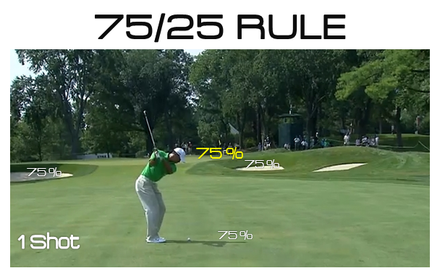 The 75/25 Rule The 75/25 Rule says that 3 out of 4 recovery / scrambling shots will turn out as expected when you miss greens in regulation. This is the 'game' part of golf where you have to play shots that translate into par scores, as par is the standard of a golf hole. Because these types of strokes are the shortest they are also easier to play compared to full shots. So the expectation is flipped to where you know that the probability is high that you will make par or better from the situation. Yes the pressure is a little higher than the approach game however this is the reality of A Game golf, you have to develop your scoring skills to where you know that you will consistently set-up scoring opportunities with your wedges and putter. This is the main reason Steve Stricker is able to keep his high score average down because he is very good at making pars when he misses greens inside 100 yards and this takes the pressure off his score making. He can get himself into the A Game Zone more often because he has the shots and developed ability to keep producing score saving shots. These score saving shots keep him out of the C Game Zone. Like every top class male and female golfer these golfers get into the A Game Zone more often because they do 2 things really well.
This doesn't mean you don't expect the best from yourself, of course you do, it simply means you know that you are more likely to miss your approach shots left, right, short or long and you accept it as part of the game. The other side of the coin is that you constantly develop your short-game shots inside 100 yards where you get to the stage where you truly believe that you will convert par 75 percent of the time.
Comments are closed.
|
Archives
June 2019
|
Proudly Supported By
Copyright © 2011 - 2018 Pro Tour Golf College
Website Managed By Golf Performance Media
All Rights Reserved
Website Managed By Golf Performance Media
All Rights Reserved
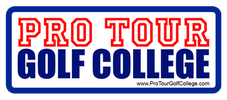

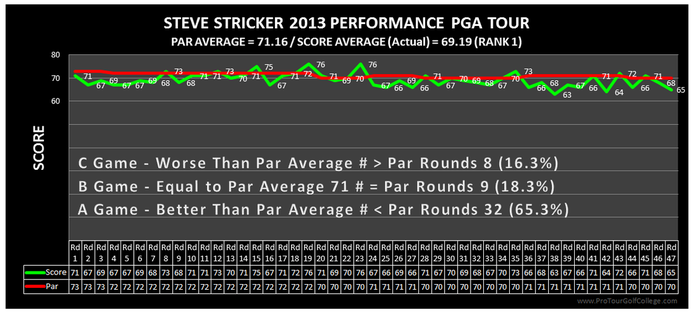
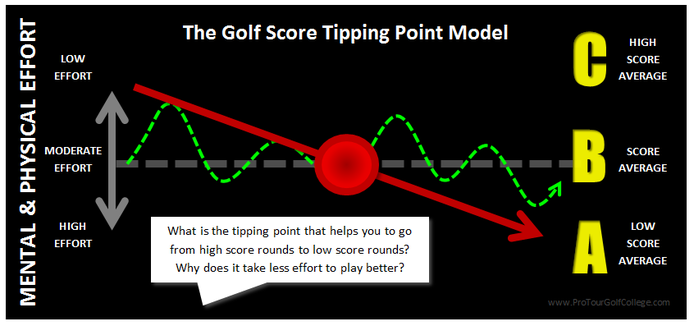
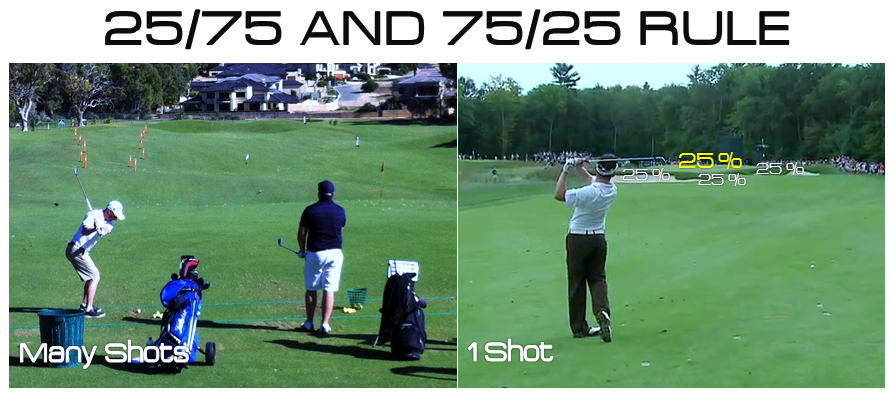


 RSS Feed
RSS Feed



